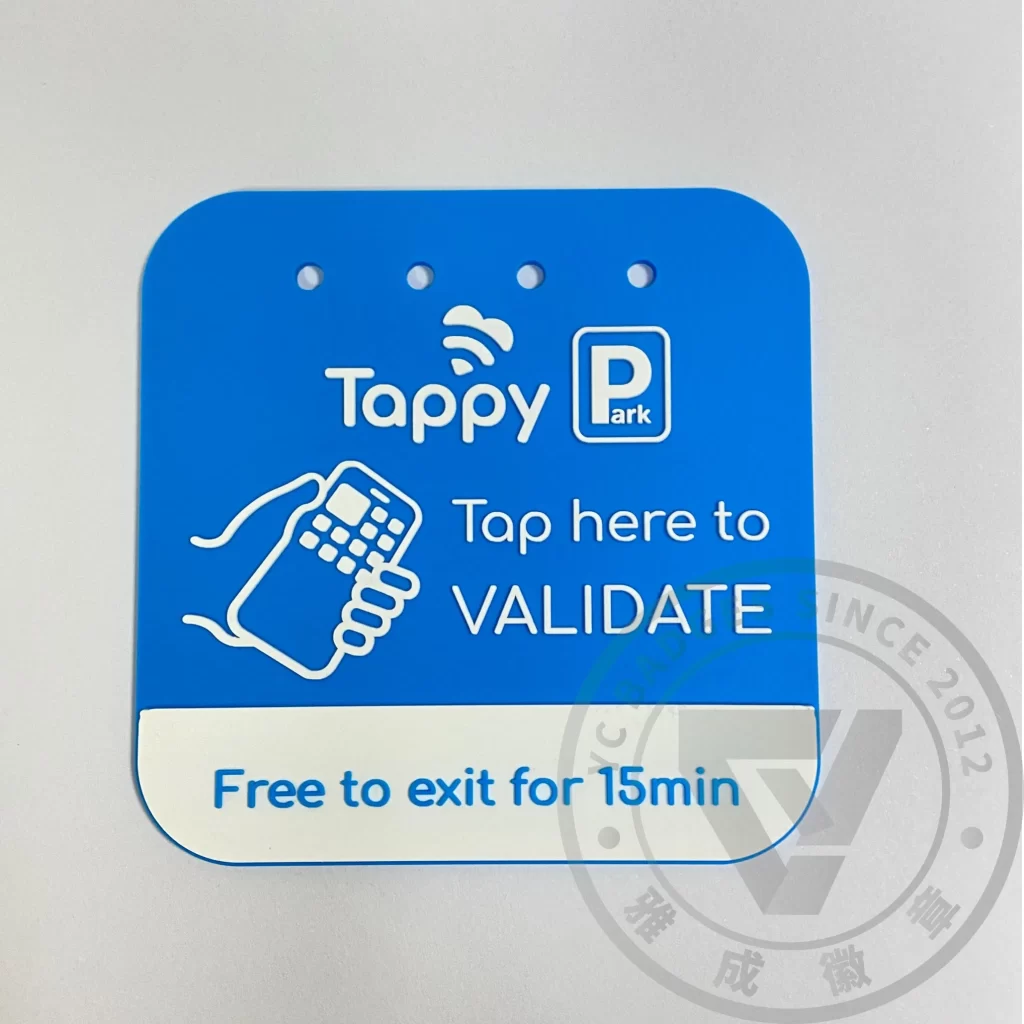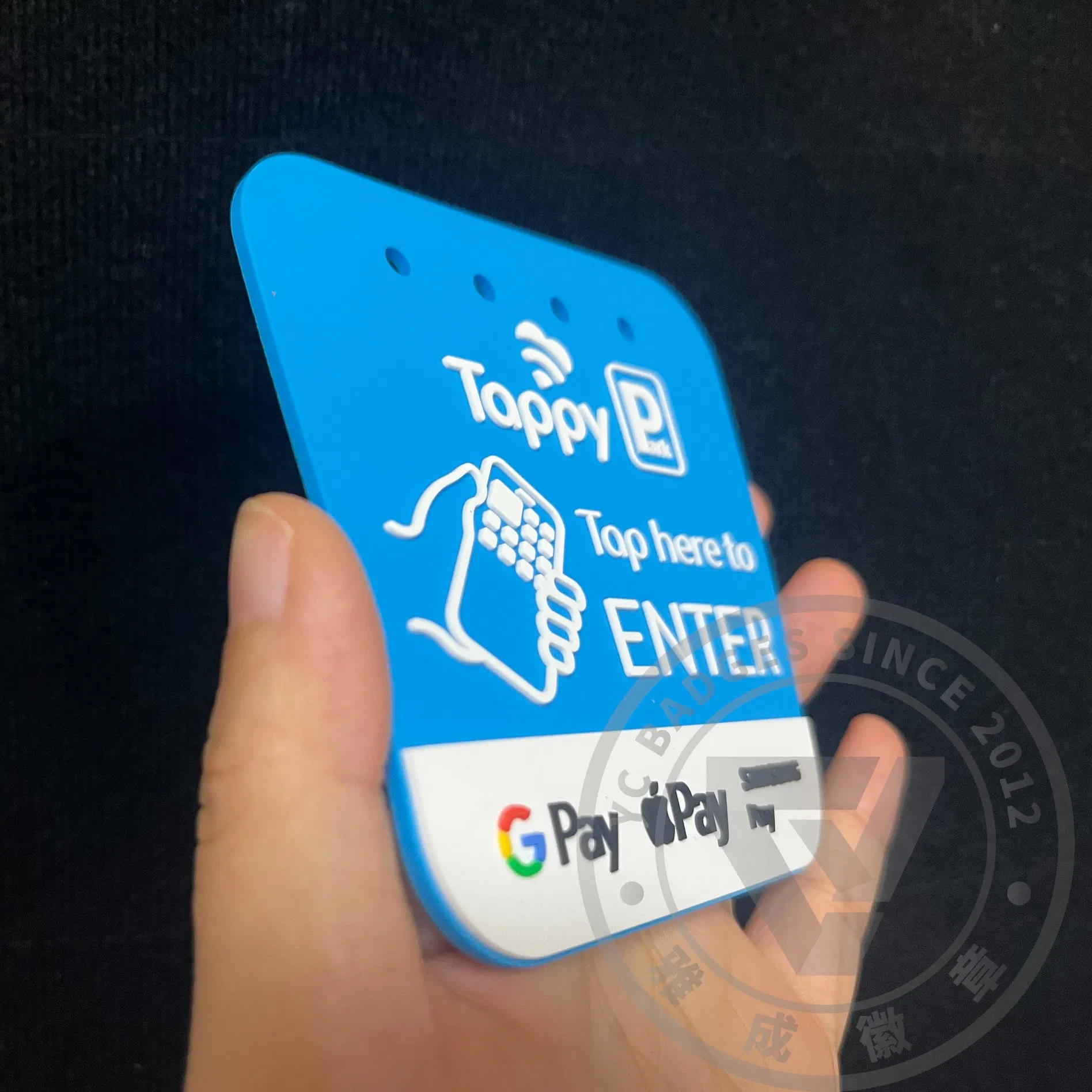For questions or to order by phone, call +86 186 8856 0026 or email us today joneyfang@yc-badges.com


PVC Labels for Electronic Components: A Comprehensive Guide
In the world of electronics, labeling plays a crucial role in maintaining organization, ensuring safety, and simplifying maintenance processes. Among the various labeling materials available, PVC (polyvinyl chloride) labels have emerged as a popular choice due to their durability, flexibility, and cost-effectiveness. This article delves into the significance of PVC labels for electronic components, their advantages, applications, and tips for selecting the right labels for your needs.
Why Labels Are Essential in Electronics
Labels in electronic systems serve multiple purposes:
- Identification
Labels help identify components, connections, and wires, making assembly, troubleshooting, and repairs more efficient. - Safety Compliance
By providing important warnings or electrical specifications, labels ensure compliance with safety regulations and prevent accidents. - Inventory Management
Proper labeling makes it easier to track electronic components in manufacturing, storage, or field operations. - Branding and Customization
Labels can also include branding elements, such as logos and product numbers, enhancing the professional appearance of electronic devices.
What Makes PVC Labels a Great Choice?
PVC labels have specific properties that make them ideal for electronic components:
- Durability
PVC is known for its resistance to wear and tear, making it perfect for labels exposed to high temperatures, moisture, and chemicals. - Flexibility
PVC labels can adhere to various surfaces, including flat, curved, or irregular shapes, ensuring they stay in place regardless of the application. - Customizability
PVC labels can be printed with detailed graphics, barcodes, or text, allowing for extensive customization to suit specific needs. - Cost-Effectiveness
Compared to other durable labeling materials, PVC is more affordable, making it suitable for large-scale production without compromising quality. - Weather Resistance
PVC labels are designed to withstand harsh environmental conditions, such as extreme temperatures, UV exposure, and humidity, ensuring long-lasting performance.
Applications of PVC Labels in Electronics
PVC labels are widely used across various segments of the electronics industry. Below are some of their most common applications:
- Cable and Wire Marking
- Labels help distinguish between different wires, reducing confusion during installation or maintenance.
- PVC’s flexibility ensures that the labels stay secure even on small-diameter cables.
- Component Identification
- Electronic components such as resistors, capacitors, and circuit boards are often labeled for easy identification and classification.
- PVC labels can include barcodes, serial numbers, or QR codes for efficient tracking.
- Warning Labels
- PVC labels are used to display warnings about electrical hazards, such as high voltage or fire risks.
- These labels are durable enough to remain legible for the entire lifecycle of the device.
- Branding and Product Details
- Manufacturers use PVC labels to include their logos, model numbers, and technical specifications on electronic devices.
- These labels maintain their appearance over time, enhancing the product’s professional look.
- Asset Tracking and Inventory
- PVC labels with barcodes or RFID technology are commonly used for asset management in electronics manufacturing and warehousing.
Advantages of PVC Labels Over Other Materials
PVC labels offer a unique blend of properties that make them superior to alternatives like paper or polyester in certain applications:
- Resistance to Abrasion and Chemicals
PVC labels can withstand harsh environments, including exposure to oils, solvents, and cleaning agents, which might degrade other materials. - Longevity
The lifespan of PVC labels often outlasts the electronic components they’re attached to, ensuring reliable performance throughout the product’s use. - Heat and Cold Resistance
PVC labels are capable of withstanding extreme temperature fluctuations, making them ideal for electronics used in outdoor or industrial settings. - Enhanced Print Quality
PVC labels support high-resolution printing, ensuring that even small fonts, barcodes, and intricate designs remain sharp and legible. - Adhesive Strength
The adhesive backing on PVC labels is strong enough to stick to various surfaces, including plastics, metals, and glass, without peeling.
How to Choose the Right PVC Labels
When selecting PVC labels for electronic components, consider the following factors to ensure optimal performance:
- Size and Shape
Choose a size that fits the surface area of the component. Custom shapes may be required for curved or irregular surfaces. - Adhesive Type
Depending on the application, select an adhesive that offers the right balance of strength and removability. Permanent adhesives are ideal for long-term use, while removable ones work well for temporary labeling. - Printing Requirements
Decide whether the labels need to include specific details such as barcodes, serial numbers, or custom branding. Ensure the printer supports high-resolution output for clarity. - Environmental Conditions
Consider the operating environment of the electronics. For example, labels in outdoor settings should be UV-resistant, while those in industrial environments may need chemical resistance. - Compliance Standards
Ensure the labels meet industry standards for safety and durability, especially if they are used in critical applications such as medical devices or aerospace electronics.
Tips for Effective Labeling in Electronics
- Use Pre-Laminated PVC Labels
Laminated labels offer an additional layer of protection, preventing wear and fading over time. - Leverage Digital Printing
For high-volume orders with intricate designs, digital printing provides precision and efficiency. - Apply Labels Correctly
Ensure surfaces are clean and dry before application to maximize adhesive performance. - Test in Real Conditions
Conduct thorough testing of the labels under expected operating conditions to verify their durability and readability.
Conclusion
PVC labels are an indispensable asset in the electronics industry, offering unmatched durability, versatility, and cost-effectiveness. Whether for wire marking, component identification, or branding, these labels provide a reliable and professional solution for a wide range of applications. By carefully selecting and applying PVC labels tailored to your specific needs, you can ensure long-lasting performance and maintain the efficiency and safety of your electronic systems.
